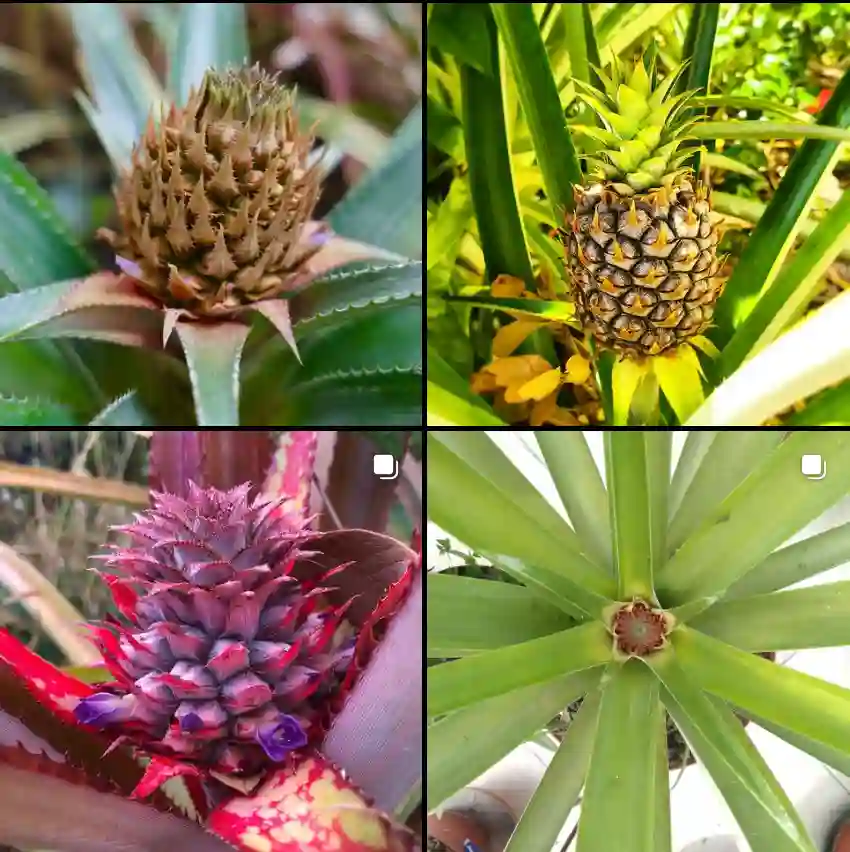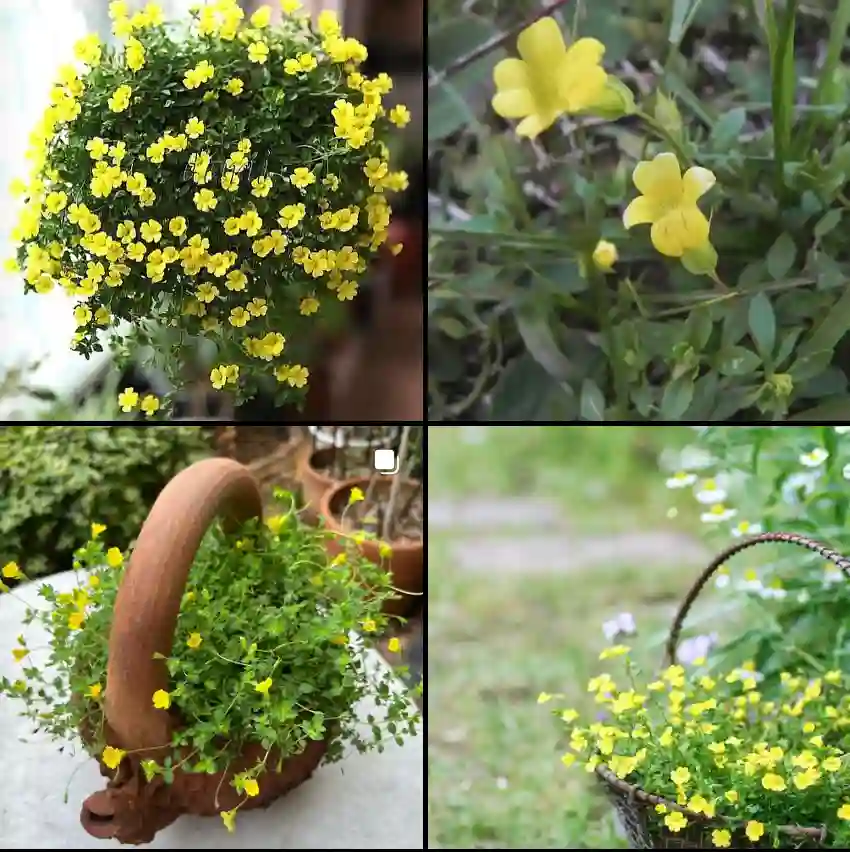
December 12 – Arum
"Arum, the lily-like plant, represents December 12."
Arum symbolizes purity and mystery. You are both intriguing and pure in your intentions, drawing people in with your unique aura. Like its distinctive spathe, you captivate others with your bold presence.
The Curious World of Arum Lilies
I’ve always been drawn to the unusual, the plants that buck the trends and do things their own way. That’s why I find the Arum genus so fascinating. These aren’t your typical lilies, with bright, showy blooms and sweet fragrances. No, these plants have a darker, more mysterious side. They’re masters of deception, luring insects into their clutches with the promise of something they don’t actually offer. And they’ve evolved some truly bizarre ways to ensure their survival.
Arum lilies, also known as cuckoo pints or lords-and-ladies, are a group of tuberous perennial plants belonging to the Araceae family. They’re native to Europe, northern Africa, and western Asia, with the Mediterranean region being a particular hotspot for diversity. What sets them apart is their unique inflorescence, consisting of a spadix (a fleshy spike bearing tiny flowers) enveloped by a spathe (a large, often colorful bract). This structure is what gives them their distinctive look, and it’s also key to their unusual pollination strategy.
A Floral Trap
Many Arum species, like the well-known Arum maculatum (common in the UK), have evolved a rather cunning way to ensure pollination. Their spathes are often a deep purple or brownish-green color, and they emit an odor that’s, shall we say, less than pleasant. This scent, often described as resembling rotting meat or urine, is irresistible to certain insects, particularly small flies and gnats.
Lured by the promise of a tasty meal or a suitable place to lay their eggs, these insects enter the spathe. But once inside, they find themselves trapped. The spathe’s inner surface is slippery, and downward-pointing hairs prevent them from escaping. They’re forced to spend the night in this floral prison, buzzing around the spadix and inadvertently pollinating the tiny flowers within.
The next day, the spathe withers, the hairs relax, and the insects are free to go – covered in pollen and ready to visit another Arum plant. It’s a brilliant, if somewhat devious, strategy for ensuring cross-pollination.
A Diverse Family
The Arum genus boasts a fascinating array of species, each with its own unique characteristics. Here are:
- Arum maculatum (Lords-and-Ladies): Perhaps the most well-known species, with its distinctive spotted leaves and purple-tinged spathe. Plant FAQs: Arum Maculatum – Cuckoo-pint – Lords-and-ladies
- Arum italicum (Italian Arum): A popular ornamental species with attractive, marbled foliage and a pale yellow spathe. Plant FAQs: Arum Italicum – Italian Arum
- Arum creticum (Cretan Arum): A striking species with a bright yellow spadix and a white or pale yellow spathe.
- Arum palaestinum (Palestine Arum): Known for its large, dark purple spathe and its strong, unpleasant odor. Plant FAQs: Arum Palaestinum – Black Calla Lily
- Arum purpureospathum: A recently discovered species with a beautiful, deep purple spathe.
- Arum apulum (Carano) P.C.Boyce
- Arum besserianum Schott
- Arum concinnatum Schott
- Arum cylindraceum Gasp.
- Arum cyrenaicum Hruby
- Arum dioscoridis Sm.
- Arum euxinum R.R.Mill
- Arum gratum Schott
- Arum hainesii Riedl
- Arum hygrophilum Boiss.
- Arum idaeum Coustur. & Gand.
- Arum jacquemontii Blume
- Arum korolkowii Regel
- Arum lucanum Cavara & Grande
- Arum megobrebi Lobin, M.Neumann, Bogner & P.C.Boyce
- Arum meryemianum Yıldırım
- Arum nigrum Schott
- Arum orientale M.Bieb.
- Arum pictum L.f.
- Arum rupicola Boiss.
- Arum sintenisii (Engl.) P.C.Boyce
- Arum × sooi Terpó
- Arum taiwanianum S.S.Ying
Beauty and Danger
While I find Arum lilies captivating, it’s important to remember that they can also be dangerous. All parts of the plant contain calcium oxalate crystals, which can cause irritation and swelling if ingested. This is especially important to keep in mind if you have young children or pets.
Despite their toxicity, Arum lilies have played a role in human history. In some cultures, they were used medicinally, while in others, they were associated with folklore and superstition. Even today, they remain a popular subject for botanical study and horticultural appreciation.
For me, the Arum genus is a reminder that beauty can be found in the most unexpected places. These plants may not be the most conventionally attractive, but their unique features and fascinating adaptations make them truly remarkable. They’re a testament to the ingenuity of nature and the endless diversity of the plant kingdom.
If i die, water my plants!



